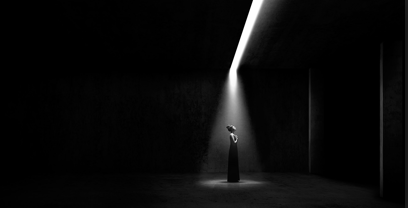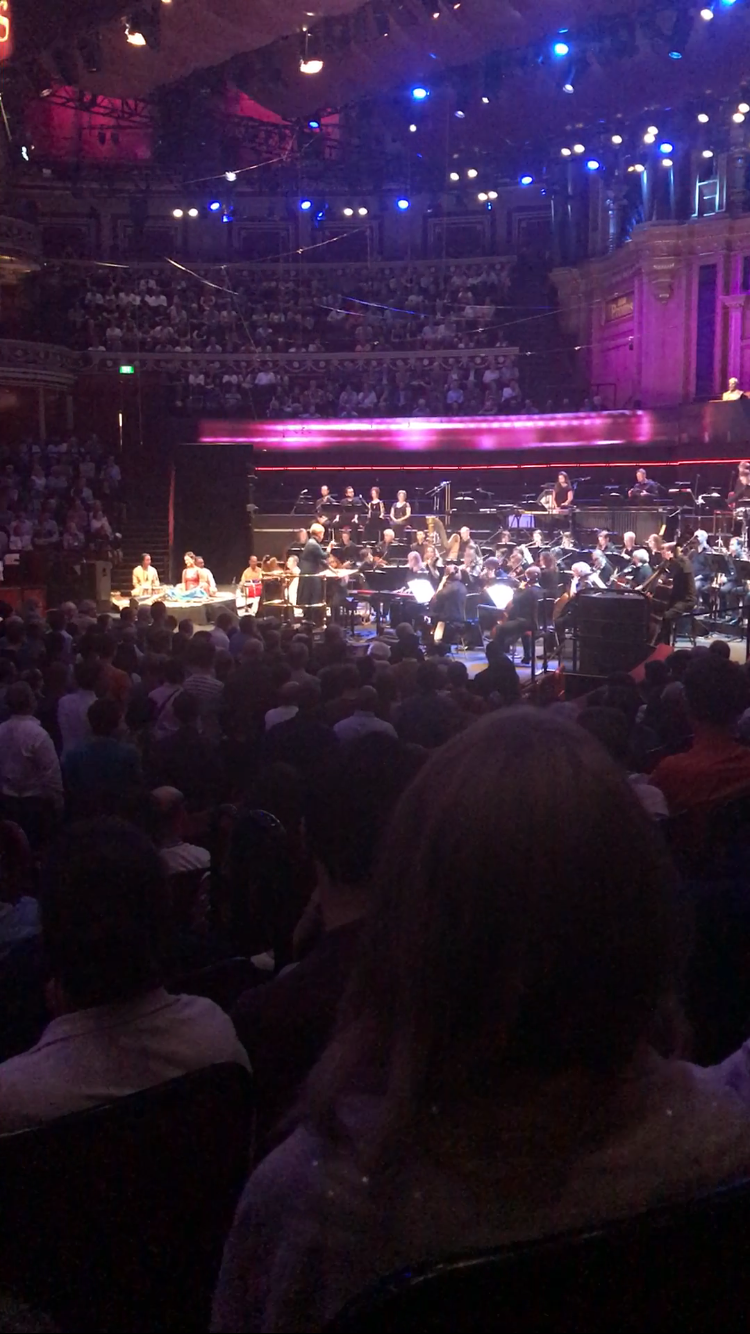La Boheme at Royal Opera House
What is a banker in operatic terms? This is not a financial question! Stand up Richard Jones for producing a La Boheme banker for the Royal Opera House, which will undoubtedly be performed for many years to come, but I imagine not as much as the wonderful old production by John Copley.
This was the first new production of La Boheme at the Royal Opera House for more than 40 years and Richard Jones had a very hard act to follow. He has done well. The production is not perfect, but as it matures in the years to come there will undoubtedly be subtle changes made. Things that did not work on the first night - such as the street lights in the Café Momus scene - will undoubtedly come good, but overall there isn’t anything major to complain about.
He very cleverly sets the first and last acts front of stage in an open loft accommodation. It is intimate, albeit slightly claustrophobic at times. The Café scene is splendidly designed by Stewart Laing and beautifully lit by Mimi Jordan Sherin. It is show in a Burlington Arcade type of effect and the arcade sets move during the scene to provide space for the Café. The further splitting of the Café to a street at the end of this scene to reveal the marching soldiers did not quite work, but was an interesting idea to the perennial problem of how to deal with the stage room required during the Café scene for the marching soldiers and the principles exit from the Café. More work to be done on this.
The snow scene in the middle act was fairly simple and the singers were given real space on stage. Indeed after a shaky start, with some varied pitch at the top of her voice, this Act was where the Mimi of the Australian soprano, Nicole Car, came into her own. She has not got a large voice, but her subtlety of singing was fresh and Act 1 wobbles apart, this was a precise and passionate performance.
Her Rodolfo was the American tenor, Michael Fabiano, who sang a rather full blooded account of his role with little colour. Although ardent in his singing, he sometimes lacked the depth of interpretation that this role requires.
The rest of the Bohemians, the Marcello of Mariusz Kwiecien, the Colline of Luca Tittoto and the Schaunard of Florian Sempey, were vocally strong, but again it would be good to see some more of the deep passion that is required in this piece.
The Musetta of Simona Mihai vocally, seemed to start quietly, but produced a flamboyant finale sufficient to attract her Marcello into a lingering embrace in the centre of the grandly ornate Café Momus scene.
However, ultimately the evening must belong to the musical endeavours of the Conductor, Antonio Pappano, together with his wonderful pacey Royal Opera House Orchestra. They were superb. Pappano held everything together during the evening and helped his group of young singers throughout. He is a Puccini master and it showed.
We will see much more of this production in the years ahead.
With kind regards,
David
David Buchler







